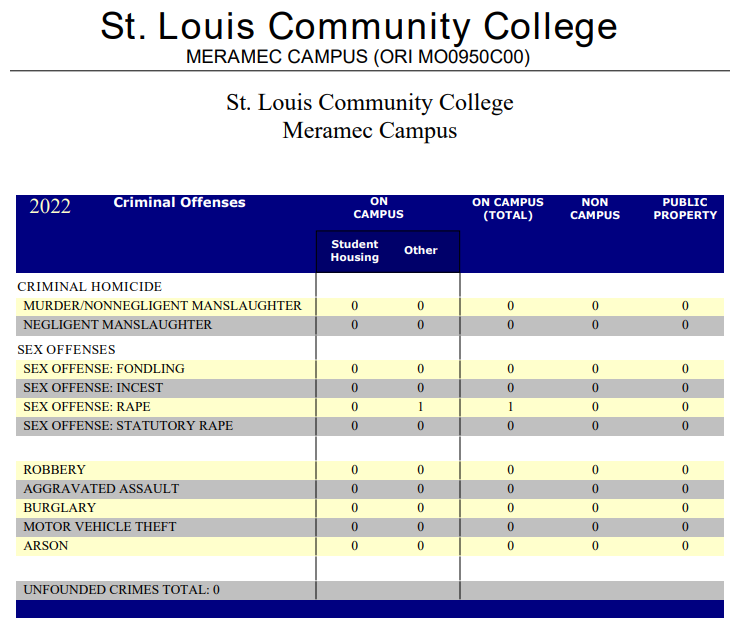Getting to the meat of the STLCC budget

By: Stephanie Stough
-Managing Editor-
It started in July 2008 when STLCC closed the health services offices at STLCC-Meramec.
The following year, STLCC made adjustments to community relations’ and media services. Men’s wrestling and soccer, and women’s volleyball were discontinued.
Last year, Meramec’s and STLCC-Forest Park’s Child Care Centers closed. On Jan. 27, Chancellor Zelema Harris, Ed.D., announced the consolidation of sports teams for fall 2011.
The most recent budget cuts affecting STLCC were announced in the State of the State address, which required STLCC to cut 7 percent from the 2011-2012 budget.
Ron Romer, manager of business services at Meramec, said approximately a third of STLCC’s money comes from the state, district officials have to reduce spending to suit this cut.
“What has historically been our budget is a third of it is tuition, another third of it is from taxes and another third comes from the state. But now the state is really hurting and the state is reducing so we have to reduce,” Romer said.
In 2010, Meramec received $42 million of STLCC’s $152 million budget. STLCC must reduce spending by $3.3 million for the fall 2011 semester.
Meramec is the largest STLCC campus with approximately 11,000 students and has the largest budget. Romer said the only cut made to the Meramec campus is the cut to the sports teams.
“The athletic teams are the only ones coming out of our 42 million dollars. All other cuts are coming from the Cosand Center,” Romer said.
The sports cuts will save the college approximately $668,000, of which $230,000 comes from Meramec’s budget.
“The only thing I know we are losing next year is $230,000 out of athletics…We are going from 15 teams to seven teams and we don’t know what’s going to be at Meramec. No one does. We think we will have our baseball team, but we don’t know what other teams are going to be here,” Romer said.
There will be some cuts to the capital budget, Romer said. Capital is the fund where departments can request new computers and other educational resources.
“It used to be 1 million dollars, now it’s half a million dollars,” Romer said.
In addition to the athletic and capital cuts, Romer said STLCC is laying off people in various departments in the Cosand Center. These cuts will come from the Center’s budget.
“Downtown they are going to be losing purchasing. They are going to lose some audit and human resources and some of our TESS people are going to be cut,” Romer said. “…The total cuts are $3.3 million for STLCC and most of them are from the Cosand Center.”
Carla Chance, vice chancellor of finance and budget for STLCC, said the board of trustees made an effort to avoid cutting from resources that could affect a Meramec student’s experience.
“We didn’t cut anything that’s in admission, registration, financial aid, libraries, tutoring, you know, the content of things that students deal with on a day-to-day basis. None of that was touched. In so many ways, the effort was to minimize the impact of the students,” Chance said.
Romer said he agrees that the budget cuts didn’t affect students’ education, but they will affect anyone who wants to participate in athletics on campus or anyone who thought they were going to get a sports scholarship.
“…The good thing is our teaching is kept steady and we are hiring new teachers as old teachers retire. I think they went in the right direction in the sense that they kept all of the education things and that’s the important part of the college and I do agree with that,” Romer said.
Starting next year, tuition will increase from $83 per credit hour to $92 dollars for St. Louis County residents, Romer said. He also said that there will be a committee next month to discuss which campus will facilitate which sports.
“… I hope the economy comes back and the state can come back with more money to keep our third but I don’t know how our economy is going to run. If the economy doesn’t get better, even the buildings are going to have to stop,” Romer said. “I think the state did very well in only cutting 7 percent, but they were considering cutting 15 percent. But if they had cut another 15 percent, I’m scared what would have gone.”











